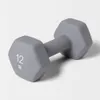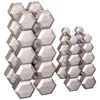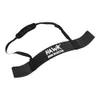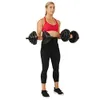I tried one week of 'caterpillar walking' every day — here are my results
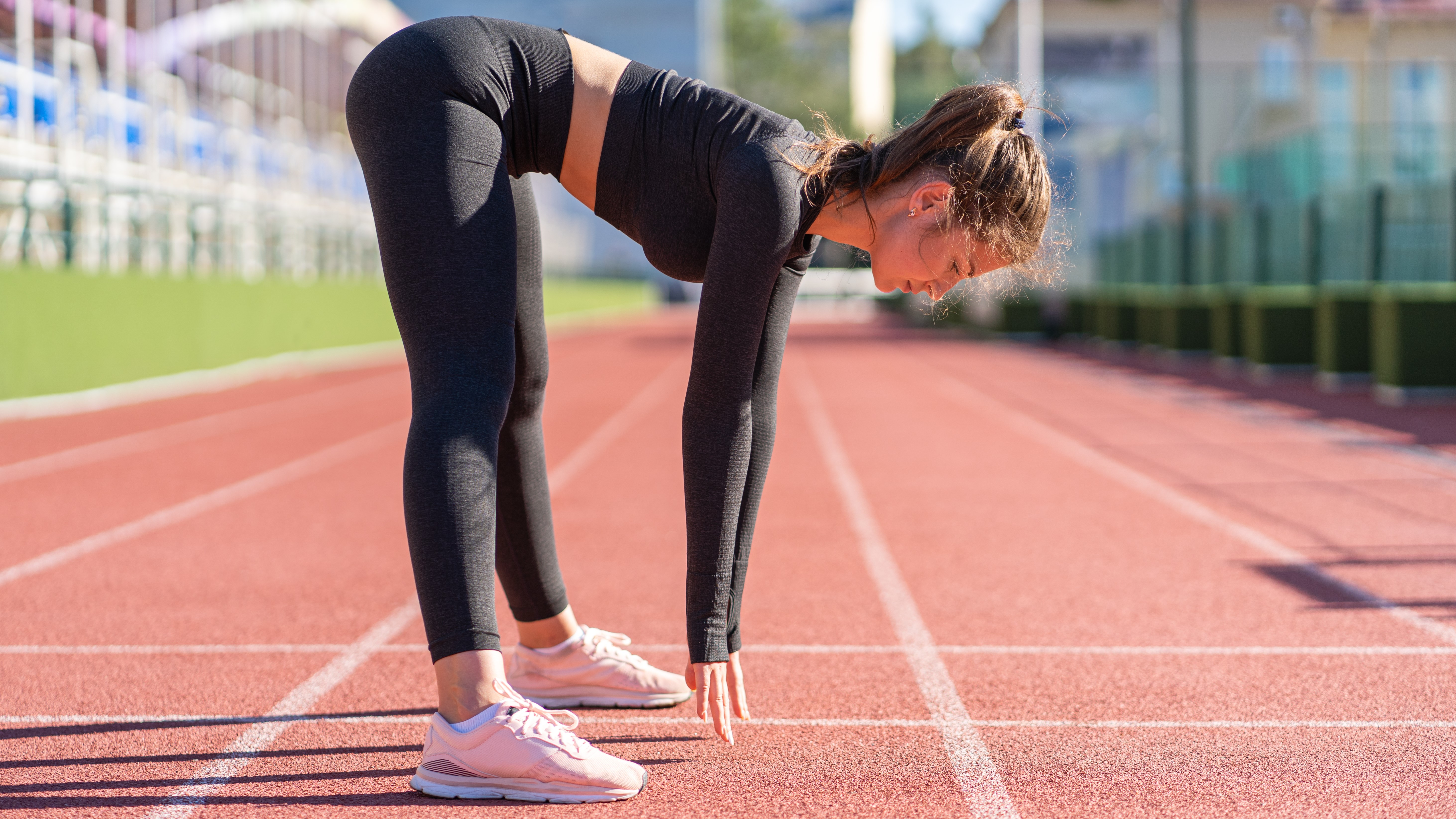
Why it’s called the caterpillar walk, I’ll probably never know, but I wanted to caterpillar walk my way into stronger, more mobile hamstrings all the same. So I did — every day for a week.
Whenever we do Tom’s Guide week-long fitness challenges, I’m nearly always quick to point out that real, substantial change takes time — building strength or muscle or losing fat, for example.
However, just a few minutes of daily mobility exercises can have a positive impact on your muscles and joints quite quickly, with short-term effects including increased flexibility and range of motion.
That doesn’t mean three minutes of caterpillar walking changed my body for the long term, but it did provide a little daily boost to hamstring flexibility while oiling my creaky joints and muscles for exercise. Here’s what you might expect from a week of trying it.
What is a caterpillar walk?
Caterpillar walks are very similar to inchworms, except you’ll walk your hands further in front of your body, then walk your feet to meet your hands, or vice versa. And just like that, you’ve got yourself a caterpillar.
Easier said than done, though. Tight hamstrings and lower back muscles can make this exercise tricky to execute, and my long-legged, short-armed friends may also find this mobility exercise a struggle. The payoff for keeping patient is huge — expect a more flexible lower body, more mobile shoulders and a boost to core stability.
If you have weak shoulders, I recommend starting with the inchworm first, then progressing to the caterpillar walk. For those who like an extra challenge, walk your feet to your hands to keep progressing forward.
Get instant access to breaking news, the hottest reviews, great deals and helpful tips.
How to do caterpillar walks
- Stand with your feet hip-width apart, then hinge forward at your hips and place your hands down in front of your feet
- Walk your hands forward one at a time into a high plank position
- Slowly, continue walking your hands past your shoulders, reaching as far forward as you can until you feel a deep stretch through your shoulders
- Keep your core engaged and squeeze your glutes and quads to support your lower back. Avoid dipping your hips toward the floor
- Walk your hands back to your feet, then roll up to stand, or walk your feet to your hands.
Keep your legs as straight as possible. That said, bend your knees as much as you need to reach the floor with your hands. Over time, you should be able to lift your hips higher and straighten your legs more, keeping the weight in the balls of your feet.
Here’s what happened when I did the caterpillar walk every day for a week
1. It feels more like a full-body exercise than inchworms
The inchworm exercise does a great job of reaching into your hamstrings, glutes and lower back — muscles located along the posterior chain. Working your shoulder and core muscle stability is where the caterpillar walk goes further.
Imagine stretching out a plank hold, reaching your fingertips as far forward as you can — that’s what you’re aiming for. You can place your knees down for support if you need to. I recommend practicing the X plank (pictured below) to get an idea of how it should feel.
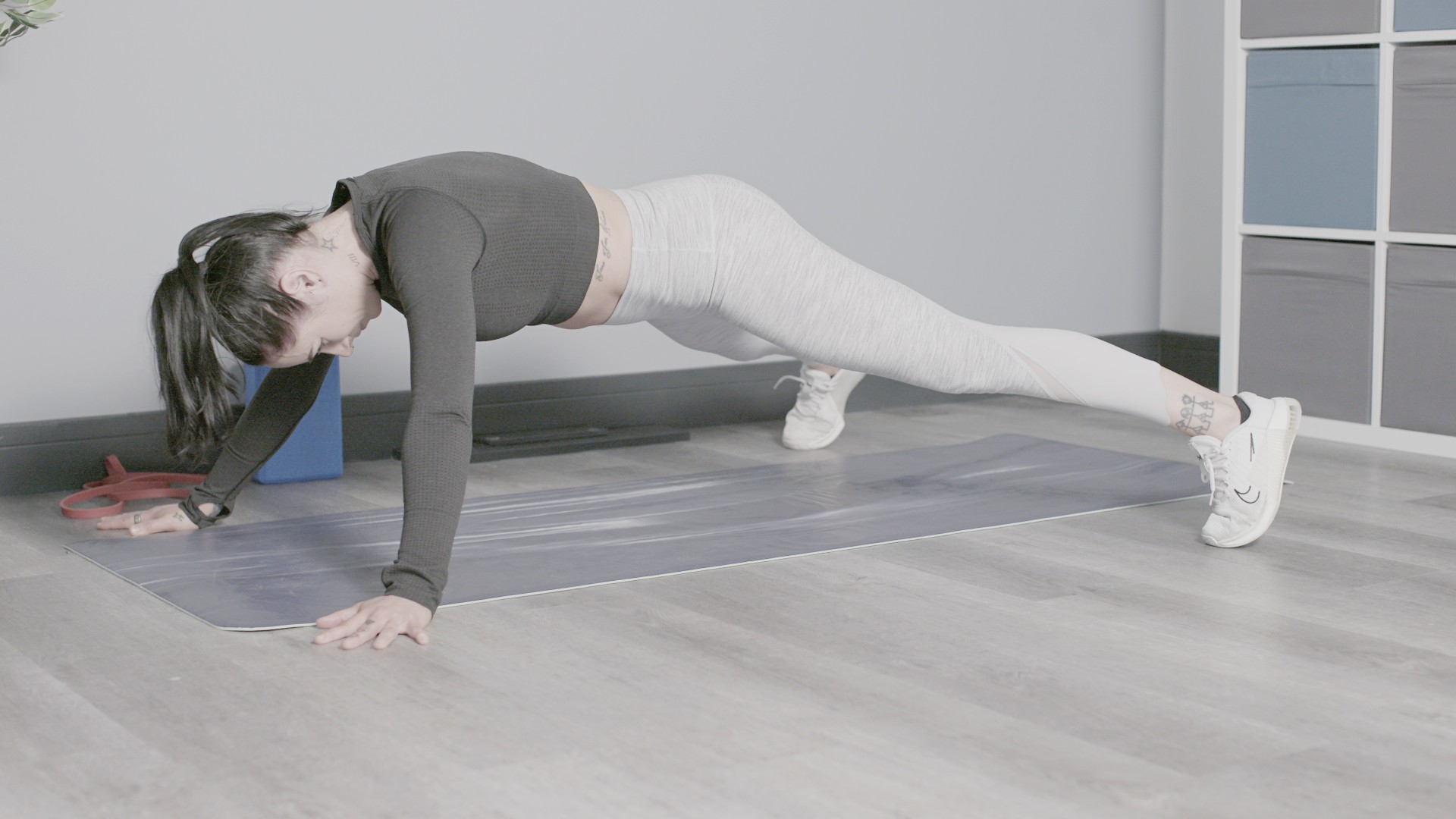
2. It takes a while to warm up
The caterpillar walk will rarely feel good from the get-go. I may program 2-3 sets of 5 to 10 reps if I’m using an exercise like this to warm up before a workout.
Expect the exercise to feel a little easier after the first set, and for best results, pair it with another exercise that works similar muscle groups, like dynamic lunges with a twist.
Your hamstrings and shoulders will need a few rounds to loosen up and adjust, after which, you may be able to reduce your knee bend and walk your hands further away from you. A tip from me to you: stay high on your toes and lift your hips toward the ceiling to give your legs space to move.
3. My hips try to sag
Your core is the secret weapon during caterpillar walks. Try to keep your stomach active and belly pulled in to prevent your hips from dropping toward the floor. The more active you can make your quads, glutes, shoulders and stomach, the better.
My hips always make a bid for freedom, but that’s when I really have to focus on my mind-muscle connection and activate as many muscles as possible.
If you don’t want to try for reps, aim for about three minutes instead, and take a rest if and when you need it.
Verdict
Caterpillar walks are perfect for opening your lower body and strengthening your upper body, making them a great option for upper and lower-body workouts. The exercise also combines light stretching with dynamic movements, tapping into flexibility and range of motion.
After a week of practice, I could slightly walk my hands further — whether this was down to confidence or actually having developed my ability, I’m unsure.
I’ve got quite decent hamstring flexibility, so this part of the exercise always feels good for me. That said, it was certainly more challenging the morning after deadlifts!
If you plan to try this exercise, I recommend rolling out one of the best yoga mats, as this should give you a better grip for your hands and prevent you from sliding when you’re in the precarious position of stretching out your limbs beyond their natural range.
I love this exercise, and I'll be continuing to incorporate it. Just remember, if you struggle with tight hamstrings, it's best to combine regular and consistent stretching with dynamic mobility exercises to target stiff joints and tight muscles.
More from Tom's Guide
- You don't need leg raises to strengthen your deep core muscles — I’m a personal trainer, and I prefer the 'in-and-out’ exercise
- I'm a personal trainer — this 5-move abs workout strengthens your core and hips using dumbbells
- I hike every single weekend and these Keen walking boots are my new go-to for mountain trails

Sam Hopes is a level 3 qualified trainer, a level 2 Reiki practitioner and fitness editor at Tom's Guide. She is also currently undertaking her Yoga For Athletes training course.
Sam has written for various fitness brands and websites over the years and has experience across brands at Future, such as Live Science, Fit&Well, Coach, and T3.
Having coached at fitness studios like F45 and Virgin Active and personal trained, Sam now primarily teaches outdoor bootcamps, bodyweight, calisthenics and kettlebells.
She also coaches mobility and flexibility classes several times a week and believes that true strength comes from a holistic approach to training your body.
Sam has completed two mixed doubles Hyrox competitions in London and the Netherlands and finished her first doubles attempt in 1:11.
You must confirm your public display name before commenting
Please logout and then login again, you will then be prompted to enter your display name.


